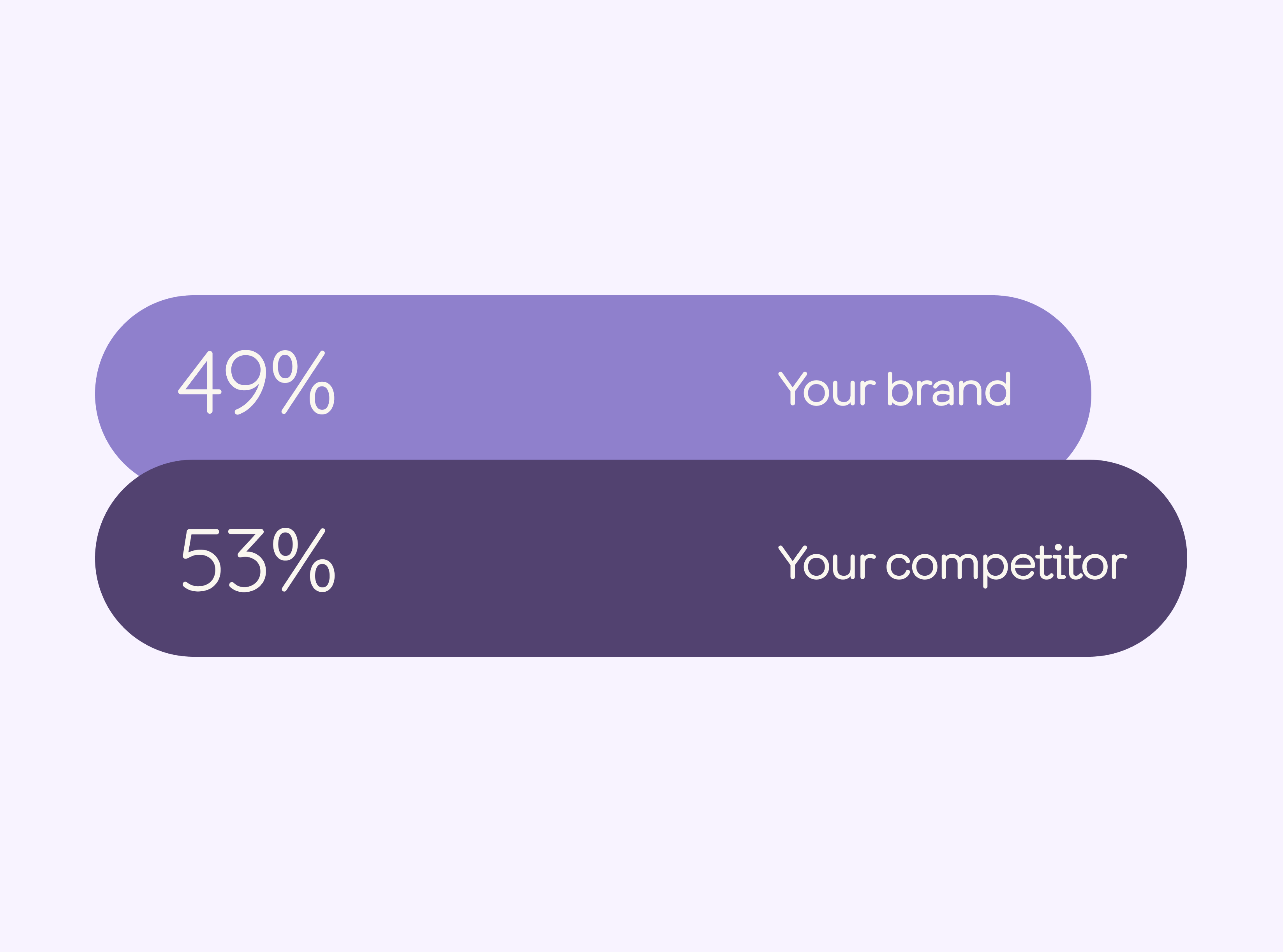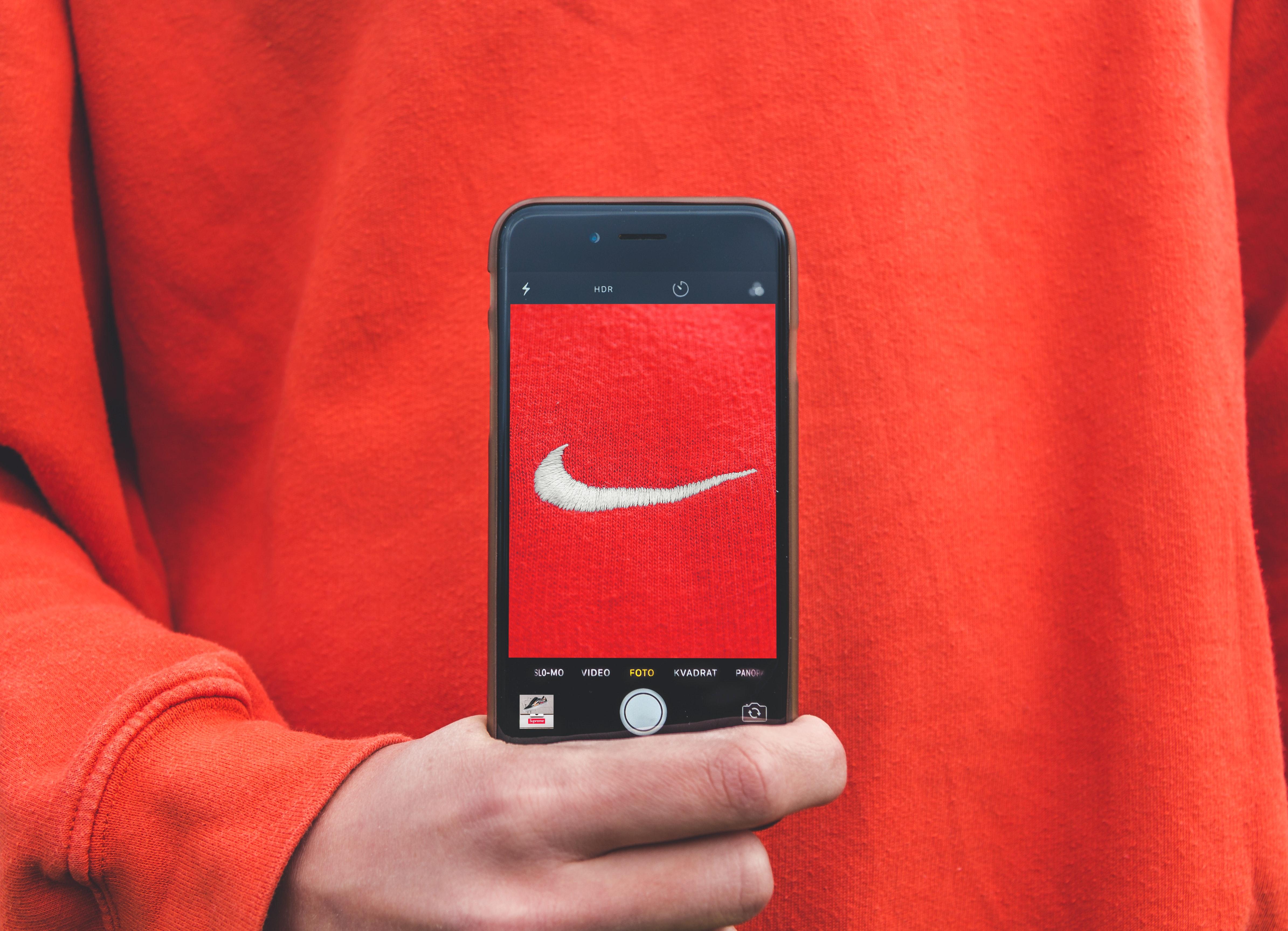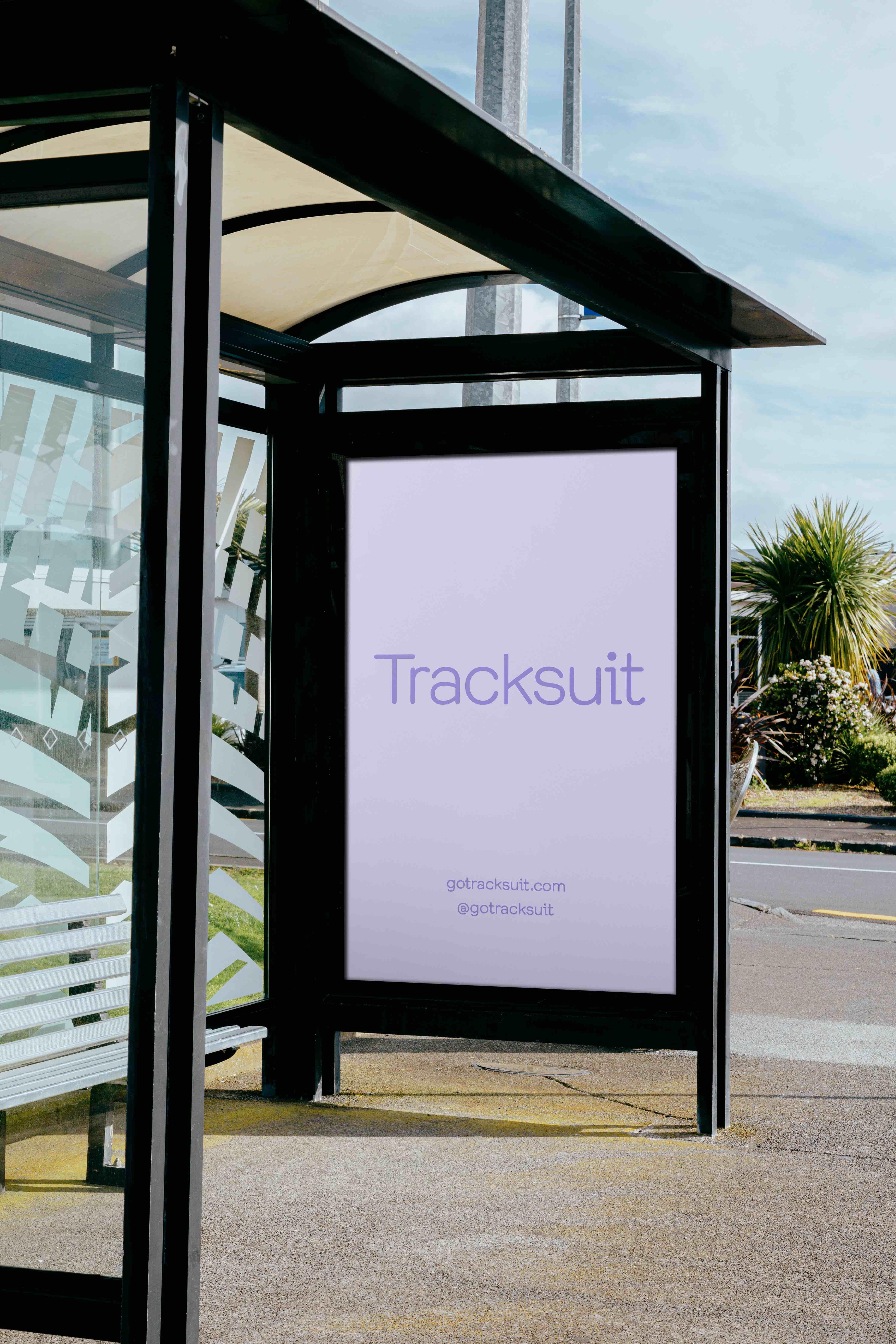Brand Research: What are the easiest, most affordable ways to do it?

Brand research paves the pathway to understanding where you sit in your market, and where your biggest opportunities for growth lie.
What brand research is and how it can it inform your strategy
If we asked you questions about how many people know your brand and what they think of it, would you know how to answer?
This seems like reasonable (and not to mention valuable!) information to have. But it’s not always straightforward or affordable for brands to find out.
That’s where brand research comes in. Brand research is about learning where your brand sits in its market, and perhaps more valuably, understanding where its biggest opportunities lie to grow your business.
Let’s say you know how big your market is. Having an understanding of how many people know of your brand in that market might sound like an elusive metric to measure. But consider how valuable knowing this figure would be, to correlate with your brand marketing efforts, and to understand how much room you have for growth. Brand research aims to uncover findings like these.
Brand research is likely to involve qualitative findings, such as discovering how your brand is perceived by customers, or potential ones. It may also involve quantitative data such as how many people are aware of your brand. Cumulatively, brand research can be used to inform business objectives and gain clear oversight on your brand health
💡 Brand strategy research, brand awareness research and brand loyalty research are all different areas that fall under the umbrella of brand research, with specific questions that apply to each. We provide suggestions for how to conduct research for these specific areas throughout the rest of the article.
We often mention researchOpens in new tab that if your brand is in a consumer’s consideration set, you are up to 3 times more likely to be purchased. To get into a buyer’s consideration set, they need to be aware of your brand in the first place. For this reason, brand awareness can be a very valuable metric to research.
Brand research can be conducted in a variety of ways, and so many articles out there on brand research cover these individual methods at great length.
But most businesses will want to maximize the insight gathered from brand research, while minimizing costs. It’s only rational that you’ll want to make the most of your investment, particularly if you’re a small to medium business with a tighter budget.
Which leads us to the most important question you’re probably dying to ask…
Sign up to Shorts
For fortnightly brand insights, stories and goodness that'll help you win (we promise).
Is there an easy and affordable way to conduct brand research?
When you’re doing brand research, we imagine you probably want to:
- Save on the time it takes.
- Reach a large number of people in your market for their insight.
- Be able to gain insight on several brand measurements at once.
- Be able to do so affordably.
No stress, right?
While it may seem like a big challenge to find a solution that balances these criteria, using a mixture of different research methods is probably going to give you the best chance of success.
Here’s the step-by-step process to gather juicy, brand building findings.
How to Do Brand Research

Step 1: Think like a scientist, and get your hypotheses lined up 🧪
Research is founded on proving (or disproving) questions of interest. The beauty of it is that you can use research to attempt to prove anything you imagine. Unless you want to prove that the earth is flat (we think someone already tried to do that, and formed a conspiracists community in the process).
To get you started, here are some hypotheses you might want to validate that fall under different brand research areas:
Brand Strategy Research
- People generally associate [my brand] with [this emotion]. If you confirm this hypothesis, you can be confident that you’re hitting the intended outcomes with your brand marketing efforts.
- Spending [$x] on brand marketing this year has helped us increase our brand awareness by [x%]. If you confirm this hypothesis, you can prove the ROI of your brand marketing activities.
Brand Awareness Research
- [x%] of my market has heard of [my brand]. If you prove this hypothesis, you can validate whether your estimates are reliable.
- In our market, more people are aware of [my brand] than [competitor(s)]. If you prove this, you can be confident about your level of brand salience.
Brand Loyalty Research
- On average [x%] of our first time customers, become repeat customers. Validating this hypothesis can help set strategy around retention and identify whether this is room for improvement.
- The most important factor for customer loyalty is [something only our brand offers]. This can confirm whether your customers are loyal to you for the desired reason(s).
- [x%] of our customers have a preference for purchasing from us over [our top competitor(s)]. If you confirm this, then you have a strong understanding of customer loyalty.
To prove these hypotheses is to prove the value of your brand building efforts. They can also provide a baseline for setting growth KPIs.
Alternatively, you could flip your hypotheses into open ended questions, such as:
- How many people are aware of [my brand], and how many of those would consider purchasing from us?
- What things do people associate with [my brand]?
- Would people be more likely to purchase from [my brand] or [our top competitor]?
Open-ended questions can allow for broader brand research and help you uncover insight you might not have otherwise thought to look for.
💡 It’s important to have hypotheses or open-ended questions to frame your brand research efforts, as this can help you uncover the most valuable insights and give direction to your future brand strategy.
Whatever way you frame your research objectives, keep them in mind as you move onto the next phase of the process.
Step 2: Choose your brand research methods 🔬
There are several ways you can gather the data you need to find the insights you’re after. The options vary on the effort and cost required, which we’ve rated them on. We recommend using a mixture of them to uncover the best findings.
Talking to Customers
Sometimes you just need to go straight to the source, which is where talking to customers comes in. You could approach this in a number of ways from contacting them personally or advertising a focus group. This may be the research method that will provide you with the deepest insight, but it can be time consuming to carry out.
You may need to have a preexisting relationship with customers to find success here. It’s far more likely that someone who’s familiar with your brand is going to want to talk to you than someone who purchased something from you online one time.
Benefits:
- You can gather deep, unprompted insight from speaking to customers and getting long form responses.
Disadvantages:
- If you’re only talking to your existing customers, then you aren’t gathering any insight from potential customers, who are likely to offer differing opinions.
- Can be difficult to recruit customers for this type of research.
- Can be time consuming to plan, recruit for and run focus groups.
- You may need to have a preexisting relationship with customers to get any pickup here.
Time: ⏳⏳⏳
Effort: 💪💪💪
Cost: 💰💰
Insight value: 💎💎💎💎
Surveying
Setting up your own online surveys to ask people in your market questions about your brand can be pretty painless to get running. However, there are usually limitations to the depth of insight you can obtain, especially when you compare it to having an in-person conversation with your customers.
To write your own surveys, you will need to have a good grasp on how to write strong questions to gather your findings of interest. You’ll need to be careful to ensure your questions aren’t leading and that they minimize bias. If you instead go down the route of working with a company who specializes in market research, you can take away this risk and work with far larger sample sizes for more accurate findings.
Benefits:
- Quick and easy to set up.
- Can be catered to a wide range of budgets.
- Can provide general insights about your brand from both customers and non-customers.
Disadvantages:
- There are limitations to the depth of insight you can obtain from survey questions.
Time: ⏳⏳
Effort: 💪💪
Cost: 💰💰
Insight value: 💎💎💎
Social Media Listening
Social media listening helps you understand how your brand is being received by your audience so you can find out what content is hitting the mark, and whether your brand is making the impact you want it to be.
Benefits:
- Easy way to gather insight on how your audience is receiving your brand on social media.
- Can help you identify what type of content is resonating with your audience.
Disadvantages:
- Usually a monthly cost associated with social listening tools.
- Doesn’t provide a full picture of how your brand is perceived in your wider market (e.g. people who don’t follow you on social media).
- Doesn’t give you oversight on brand marketing activities outside of social media.
Time: ⏳
Effort: 💪
Cost: 💰
Insight value: 💎
Brand tracking with Tracksuit
We hope you’ll excuse the flex, but we couldn’t go ahead and write an article about brand research and not mention ourselves! If you’re looking for an affordable brand research solution, developed by market research experts, then we’ve got you.
How Tracksuit works is by you telling us a bit more about your brand and what you’re hoping to achieve. Then we develop surveys for you. Once the first round of results are live, we onboard you to your all-in-one brand health dashboard, where you can find the answers to all your key brand questions, whenever it pleases you.
Benefits:
- Available at a fraction of the cost of traditional marketing research solutions.
- Data is shown in one easy-to-use, beautifully visualized dashboard.
- Little effort required (we do most of the work behind the scenes for you).
Disadvantages:
- It takes about a month for your first round of survey results to go live.
- We can’t tell you how to supercharge your growth on TikTok (sorry!)
Time: ⏳
Effort: 💪
Cost: 💰💰
Insight value: 💎💎💎
Step 3: Analyze your findings 📋

Here’s where the magic happens. You’ve got your findings, now you want to tie them to your brand management strategy and use them to develop achievable growth objectives.
In order to draw insight from your research data, it’s useful to ask questions that go beyond the numbers and force you to consider the whys
- Are these findings what we expected? Why/why not?
- Do these findings align to what we’re seeing in our industry at large?
- What brand marketing activities might these findings be related to?
- Can these findings help us identify areas for improvement?
- How can these findings help us make better decisions on where to focus our marketing efforts?
- Do these findings indicate a need for marketing budget reallocation?
The Finishing Line 🏁
We hope this article has helped show you how you can conduct brand research to prove the value of your brand marketing efforts and identify growth opportunities.
Get easy, affordable, always on brand insight with Tracksuit and start researching your brand today.








